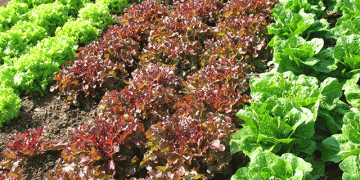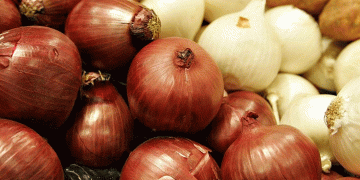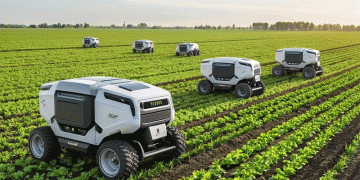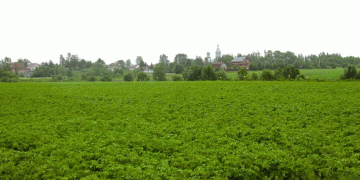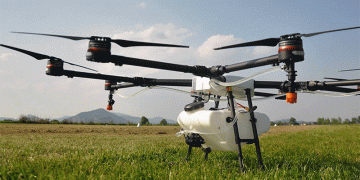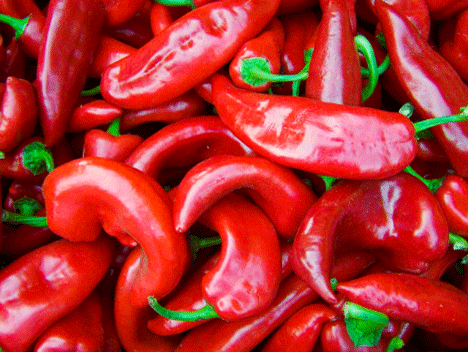The 2023 pepper season in Murcia, Spain, running from March to August, proved to be highly successful, surpassing both production and quality expectations. According to Eva Pérez, President of Proexport’s Pepper Sector, Murcia’s results are largely attributed to years of dedicated investments in agricultural technologies and the region’s favorable climate conditions this season.
The Role of Climate and Technological Innovation
This year’s climate played a crucial role in Murcia’s pepper yield. The region experienced optimal temperatures without extreme heat, fostering ideal conditions for pepper flowering and fruit development. “Our product quality exceeded that of our main competitor, the Netherlands,” stated Eva Pérez, highlighting the notable increase in production per hectare.
However, this achievement did not come about purely by chance. Over the past decades, Murcia’s farmers, companies, and cooperatives have invested significantly in advanced agricultural technologies. Key innovations include multitunnel greenhouses, which improve climate control by offering automatic ventilation systems and thermal screens to protect plants from direct sun exposure. Additionally, hydroponic systems have been widely adopted to maximize water and nutrient efficiency, which is critical in a water-scarce region like Murcia.
Incorporating integrated pest management (IPM) techniques has also had a profound impact. IPM, now implemented in 100% of greenhouse crops, minimizes chemical pesticide use by employing natural predators and modern technology, such as ultraviolet light traps, to control pests. The commitment to pest control and climate optimization has been instrumental in maintaining high-quality yields in Murcia.
Challenges: Pesticide Restrictions and Market Competition
Despite these technological advances, Murcia’s pepper producers face regulatory challenges. The European Union’s stringent regulations on pesticide use limit the options available to Spanish farmers. In contrast, some non-EU countries allow the use of these critical plant protection products, putting Murcia at a competitive disadvantage. As a result, local producers must turn to alternative methods, such as solarization, to disinfect soil. This process requires fields to remain unused for nearly a month during the peak of summer, further impacting production volumes.
Nevertheless, Murcia remains Spain’s second-largest pepper-producing region, after Almería, with an annual production of 200,000 tons across 1,745 hectares. Of these, over 1,400 hectares are in greenhouses, with 25% dedicated to organic farming and 75% following sustainable conventional farming practices. These figures demonstrate the region’s continued resilience and adaptability in the face of both environmental and regulatory challenges.
Murcia’s success in the 2023 pepper season is a testament to the region’s innovative spirit and commitment to quality agriculture. The combination of favorable weather conditions and long-term investments in technology has enabled farmers to deliver superior products that surpass those of competing countries. However, challenges related to pesticide restrictions and market competition remain significant. Murcia’s producers must continue to innovate and adapt to maintain their competitive edge in the global market.
















